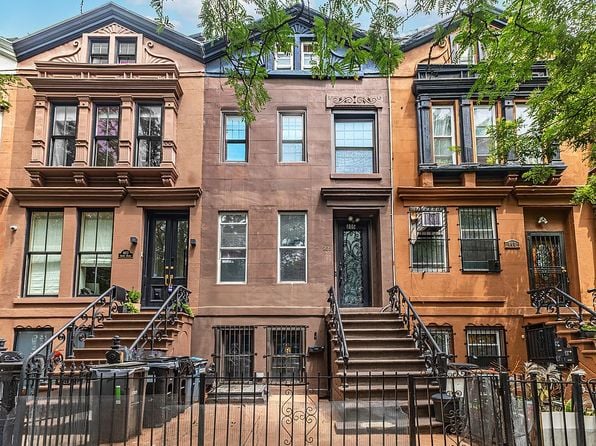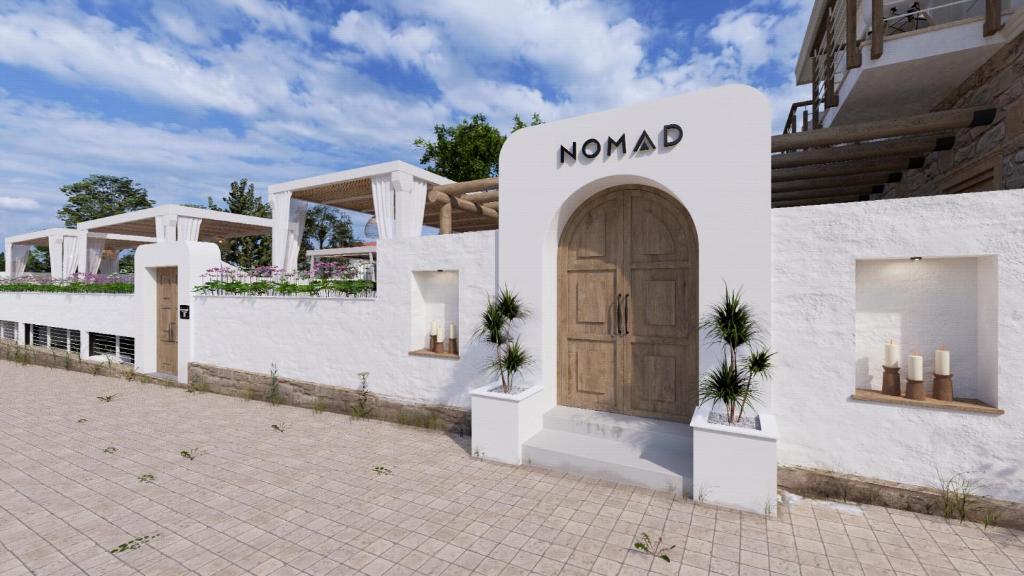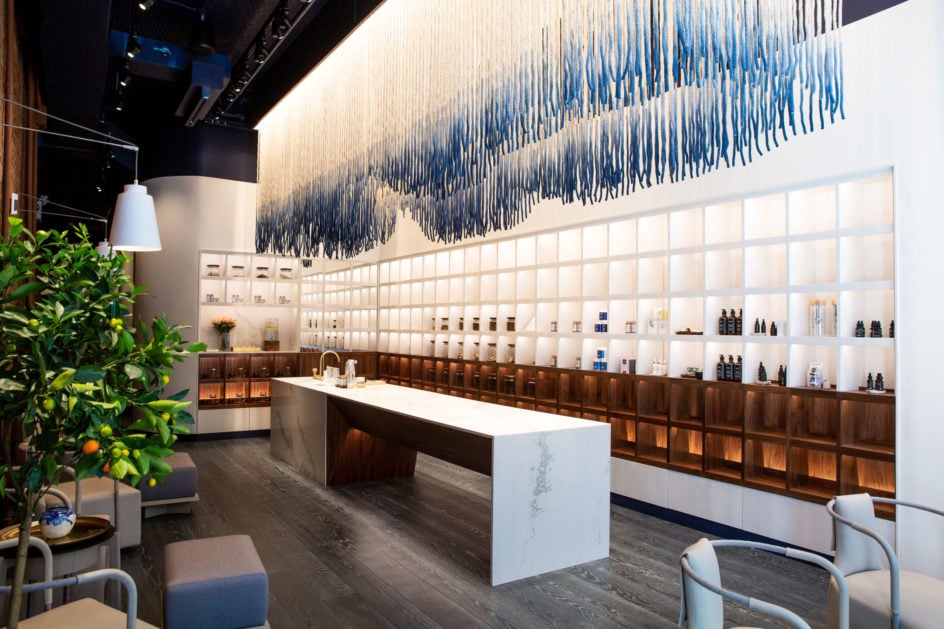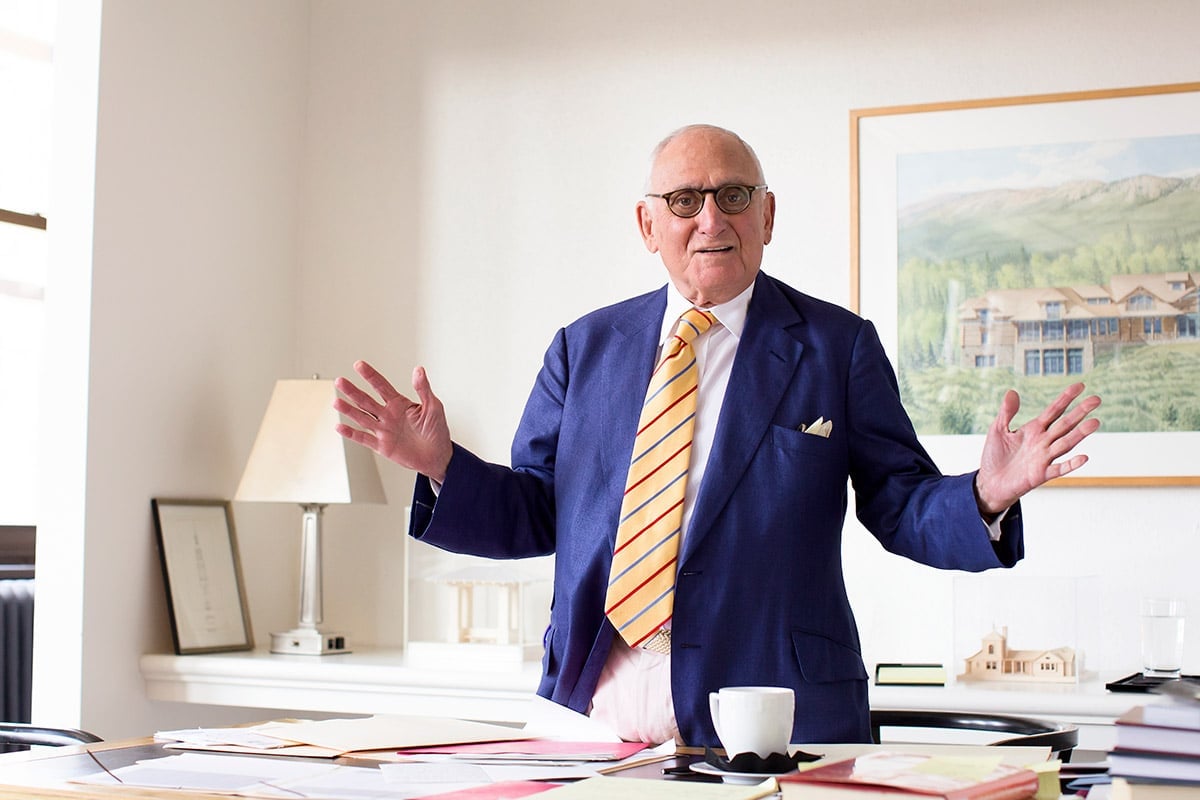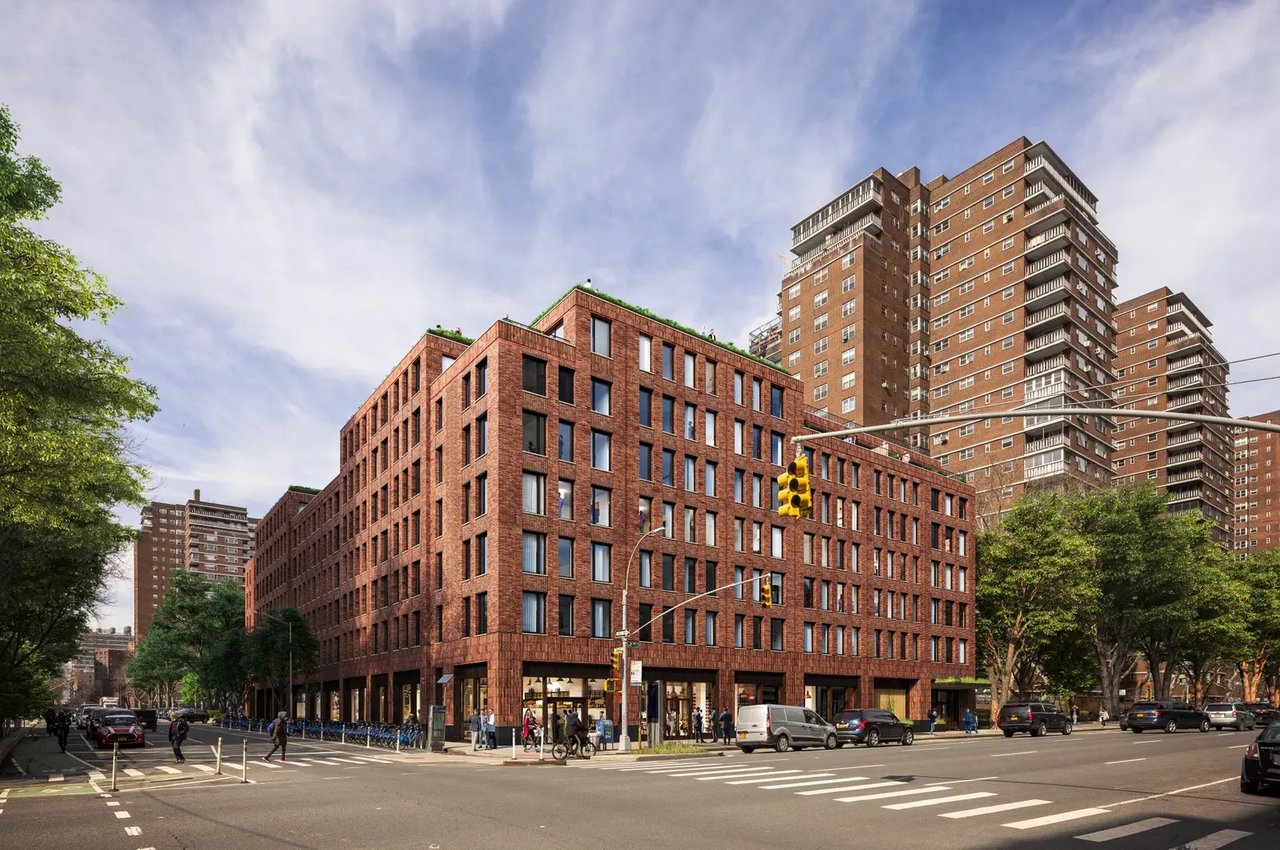Bed-Stuy is more than a neighborhood; it’s a living, breathing archive of New York history, culture, and community. Having once lived here myself, I know firsthand how each brownstone on Jefferson, Decatur, or Hancock has its own story to tell. For property owners or future buyers trying to understand how to value and position these homes in 2025, this guide is grounded in personal experience as well as market trends.
The brownstone market has matured significantly over the past decade, and today’s buyer is more informed and strategic than ever. This means owners must also evolve, blending historical awareness with data fluency to make smart decisions. Whether you're preparing to sell, refinance, or just want to understand your brownstone’s position in today’s landscape, this guide will unpack the unique factors that influence value in Bed-Stuy right now.
We’ll explore landmark restrictions, renovation states, rental potential, FAR development options, and the subtle things that increase or decrease buyer perception and property value. Let's start with the foundation: why Bed-Stuy brownstones still command attention in 2025.
Why Bed-Stuy Brownstones Still Hold Value in 2025
Despite changing interest rates and citywide inventory shifts, Bed-Stuy brownstones remain some of the most desirable properties in Brooklyn. This is due to a unique combination of historical charm, walkability, vibrant local businesses, and access to transit.
While other neighborhoods may offer newer construction or sleek high-rises, Bed-Stuy offers something else—authenticity and architectural significance. This makes it a magnet for buyers who want both a home and a long-term investment.
According to the most recent market reports:
-
Renovated brownstones are trading between $2.3M and $2.9M
-
Shells or unrenovated buildings range from $1.2M to $1.7M
-
Average price per square foot spans $675 to $1,050, based on condition and configuration
-
Strong rental demand helps support cap rates of 4.2% to 5.6%
Even amid market fluctuations, properties that are well-positioned and thoughtfully marketed are still achieving premium prices. Understanding what impacts your brownstone’s place in this spectrum is key.
The Real Impact of Landmark Status
Owning a landmarked property in Bed-Stuy comes with both cachet and complication. While it enhances the historic integrity of the neighborhood, it also comes with specific responsibilities and limits.
If your brownstone falls within one of Bed-Stuy's historic districts, such as Stuyvesant Heights or Bedford Historic District, you're subject to the regulations of the Landmarks Preservation Commission (LPC). These rules can shape not only the aesthetic of your building but also its market appeal.
What Buyers and Sellers Should Understand
Value perception is often higher for landmarked brownstones with original facades and intact detail. These homes offer a level of charm and architectural pedigree that newer builds cannot replicate. However, for buyers planning a renovation, landmark restrictions can present both costs and delays.
|
Benefit |
Challenge |
|---|---|
|
Preserved façade and curb appeal |
Limited façade customization |
|
Prestige and protected surroundings |
Lengthy LPC approval process |
|
Higher resale potential on restored homes |
Increased renovation cost for exterior work |
In real estate terms, landmark status can create a 5% to 10% price premium for properties with well-maintained original features. On the flip side, a brownstone in shell condition within a landmarked zone may take longer to sell due to the extra red tape a buyer must navigate to bring it back to life.
Understanding Lot Size and FAR Potential
A factor often misunderstood or overlooked by both buyers and sellers is the buildability of the lot. In New York City, your ability to expand a home depends largely on the zoning designation and Floor Area Ratio (FAR).
The FAR is a zoning metric that determines how much floor space you can legally develop on a given lot. For instance, if your FAR is 2.0 and your lot is 2,000 square feet, you may be allowed to build up to 4,000 square feet of usable space.
Why FAR Matters in 2025
Some Bed-Stuy lots are already built to their full allowable FAR. Others, particularly those with smaller footprints or historic footprints, may have untapped potential that can be converted into future square footage.
Being able to demonstrate unused development rights adds leverage during a sale or appraisal. It can also be used to justify pricing above current market comparables if expansion is feasible.
Here's a simplified overview:
|
Zoning Code |
Typical FAR |
Max Buildable on 2,000 SF Lot |
|---|---|---|
|
R6B |
2.0 |
4,000 SF |
|
R6A |
3.0 |
6,000 SF |
|
R7A |
4.0 |
8,000 SF |
Before pricing or marketing your brownstone, it is worth commissioning a zoning analysis to find out whether you have untapped value. A savvy buyer or investor will ask—and being ready with the answer puts you in a stronger position.
Renovation Levels and Shell Pricing Explained
The condition of your brownstone has the biggest influence on pricing, yet it is also the area with the widest variation. In 2025, the cost of construction in Brooklyn remains high, and buyers are more cautious about taking on large-scale renovations unless the numbers truly work in their favor.
Three Common Conditions and Their Price Bands
Fully Renovated:
These homes are turn-key and feature high-end finishes, restored woodwork, modern HVAC, and updated systems. They tend to sell at the highest price per square foot—usually between $950 and $1,150.
Lightly Renovated / Rental Grade:
Properties that were upgraded within the past 10–15 years, often with basic finishes or investor-focused materials. These might be functional but dated, and trade between $750 and $900 per square foot.
Shell / Gut Renovation:
These properties require full systems replacement. They are often priced based on subtracting renovation costs (estimated at $350 to $500 per square foot) from projected end-value. Shells generally sell for $500 to $650 per square foot.
|
Condition Type |
PPSF Range |
Typical Buyer |
|---|---|---|
|
Fully Renovated |
$950–$1,150 |
Owner-occupants |
|
Rental Grade |
$750–$900 |
Hybrid buyers |
|
Shell Condition |
$500–$650 |
Developers, investors |
In today’s market, the biggest premium is not for luxury—it’s for functionality. A home with new electric and plumbing systems, clean finishes, and a smart layout will outperform a dated brownstone with ornate molding but old wiring.
Rental Income: 2-Family vs 3-Family Configurations
One of the most valuable aspects of owning a Bed-Stuy brownstone is its ability to generate rental income. However, not all configurations are equal in terms of buyer demand or financial performance.
A 2-family home appeals to a different segment than a 3-family, and each comes with its own pros and cons. As an owner who once lived in a triplex and rented the garden unit, I saw firsthand how layout and legal classification directly impact cash flow and livability.
What to Consider When Evaluating Income Potential
|
Configuration |
Best For |
Rental Income Range (Monthly) |
Notes |
|---|---|---|---|
|
2-Family (Triplex + Garden) |
Owner-occupants |
$3,800–$5,000 |
Desirable layout, less red tape |
|
3-Family (3 Floor-Throughs) |
Investors, live + rent |
$7,500–$11,000 |
Requires separate metering and CO |
|
2-Family with Duplex Rental |
Investors, hybrid users |
$5,000–$7,500 |
Strong rent, fewer maintenance headaches |
In 2025, a well-positioned 3-family can still offer a solid cap rate, but only if units are fully legalized, updated, and ideally metered separately. Meanwhile, the highest price-per-square-foot is often achieved on beautifully renovated 2-family homes where an owner can live in a spacious triplex and subsidize their mortgage with a rental unit.
For refinancing or income-focused buyers, show your numbers clearly. Present pro forma rents, lease terms, and historical expenses. Income documentation can help secure better financing terms or boost your appraised value.
How to Position Your Brownstone in Today’s Market
Getting the most out of your brownstone in 2025 is about more than pricing. It’s about positioning. From presentation to paperwork, there are steps you can take that directly influence buyer behavior and valuation.
Smart Positioning Tips
1. Do a Zoning and FAR Study
Even if you're not planning to build, a buildable analysis gives buyers a sense of future potential. This can justify a price premium.
2. Invest in Pre-Listing Repairs
Address leaks, cracked plaster, or dated paint. Light cosmetic work ($20K–$30K) can yield hundreds of thousands in added value.
3. Fix Your Paperwork
Ensure the certificate of occupancy is accurate, all HPD or ECB violations are cleared, and that DOB filings match the existing layout.
4. Stage for Lifestyle, Not Just Space
Use staging or photos to tell a story: “Enjoy morning coffee in your parlor-floor bay window” is more effective than “3BR, 2BA.”
5. Work with a Local Expert
Choose an agent or team who has sold multiple properties in Bed-Stuy specifically. They’ll understand the nuances of block-by-block pricing, buyer demographics, and what details make a difference.
Ready to Understand Your Brownstone’s True Value?
Whether you’re preparing to sell, planning a refinance, or just curious about where you stand in 2025’s evolving market, understanding the full picture is essential. No two brownstones are alike, and a rich tapestry of factors shapes their value from lot size and legal configuration to condition, location, and layout.
If you're interested in learning more about how your specific property measures up or how to position it for a prosperous future I’d love to help. As someone who has lived here, renovated here, and now studies this market in detail, I bring both experience and expertise to the table.
Let’s connect and uncover what makes your Bed-Stuy brownstone one of a kind.
